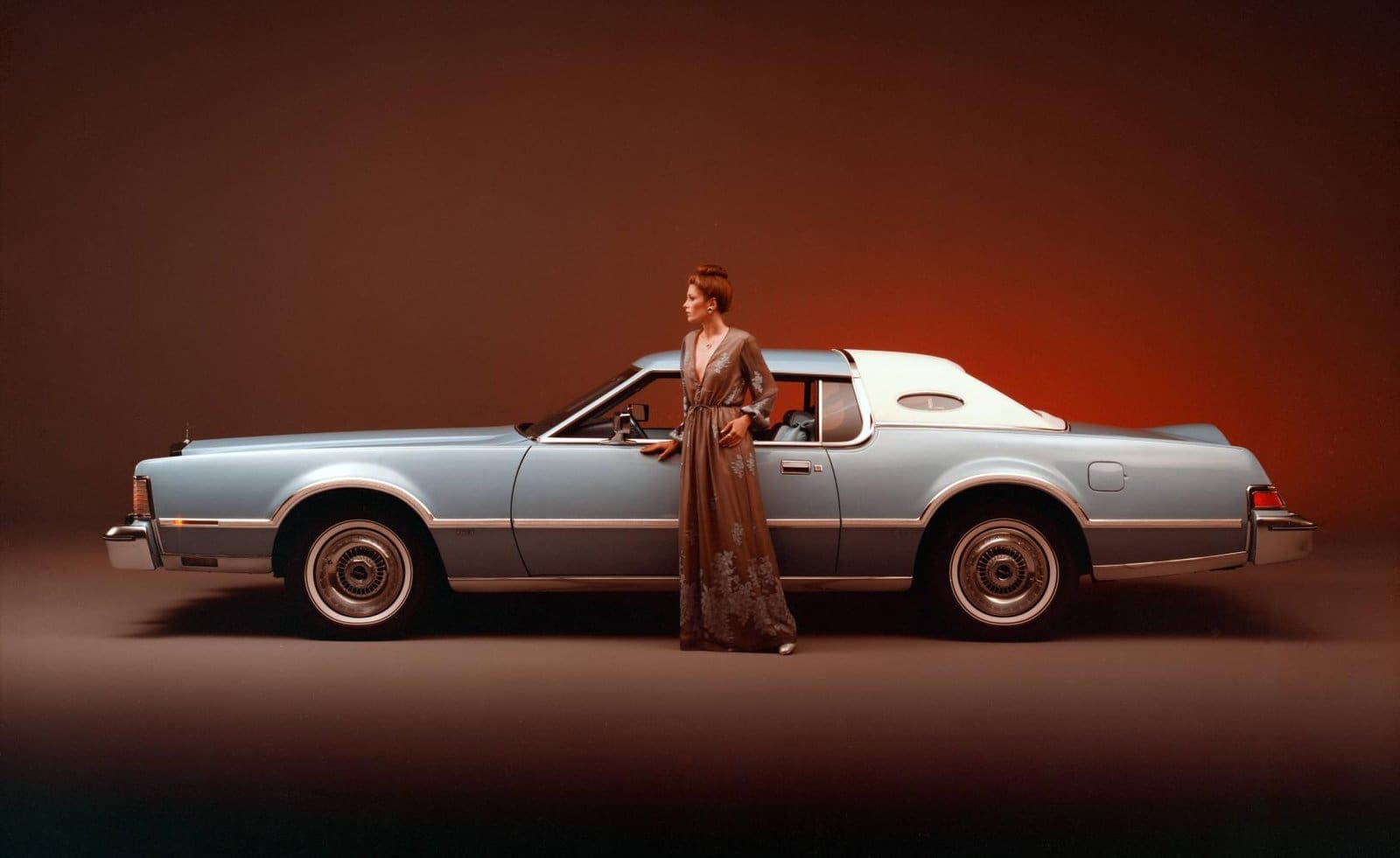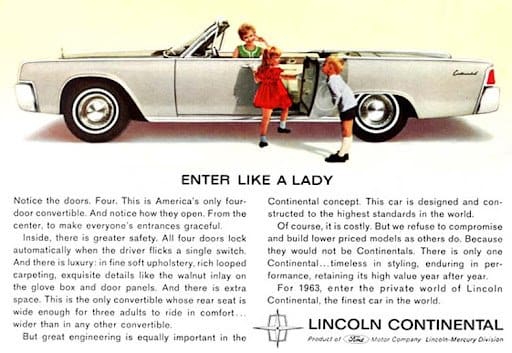Few American cars have symbolized luxury and design ambition as strongly as the Lincoln Continental.
Introduced in 1939 as a personal project by Edsel Ford, the Continental began life as a bespoke vehicle inspired by European grand touring cars. With its long hood, low roofline, and rear-mounted spare tire—soon dubbed the “Continental kit”—it immediately stood apart from the bulky sedans of its era.
Early Continentals were praised as icons of transatlantic sophistication, signaling that American luxury could rival European elegance
The Mark II and Mid-Century prestige
The postwar years reinforced its reputation. The Continental Mark II, launched in 1956, epitomized restrained design and impeccable craftsmanship. Hand-built and enormously expensive, it was intended as Ford Motor Company’s flagship, competing directly with Cadillac and even European marques. Although financially unsustainable, the Mark II remains one of the most admired American cars of the 20th century
In the 1960s, Lincoln recaptured the Continental’s prestige with the fourth-generation model, introduced in 1961. Designed under Elwood Engel, this version embraced clean, rectilinear lines, subtle chrome, and the now-legendary rear-hinged “suicide doors.”
It projected authority and modernity, famously serving as the presidential limousine for John F. Kennedy. The 1961–69 Continental defined mid-century American luxury with understated confidence.




Decline and disappearance
By the 1970s, shifting tastes and regulatory pressures pushed the Continental toward excess. Bloating in size, laden with vinyl roofs, opera windows, and heavy ornamentation, it lost the design purity that once distinguished it. Subsequent decades saw further dilution, as downsized models and badge-engineered variants eroded the Continental’s exclusivity.
The nameplate lingered into the 2000s, briefly revived in 2016 with a handsome but conservative sedan, before being discontinued again in 2020 amid dwindling demand for luxury sedans.
A lasting legacy
The Lincoln Continental’s trajectory—from elegant pioneer to bloated relic—illustrates both the peaks and pitfalls of American automotive design. Its legacy, however, remains secure: at its best, the Continental embodied a uniquely American vision of luxury and sophistication.





